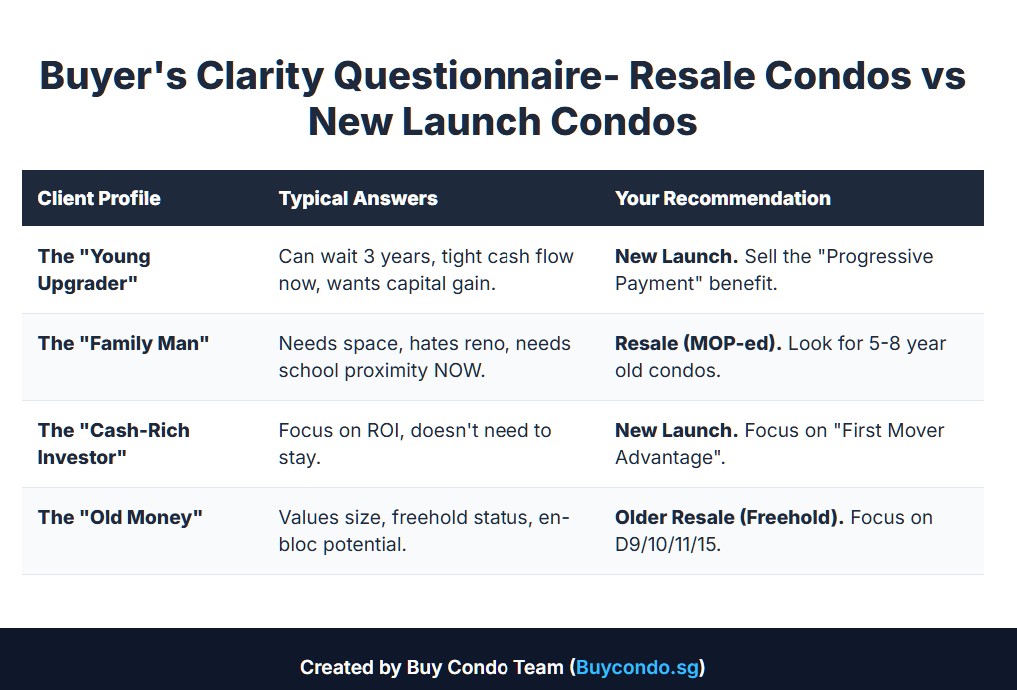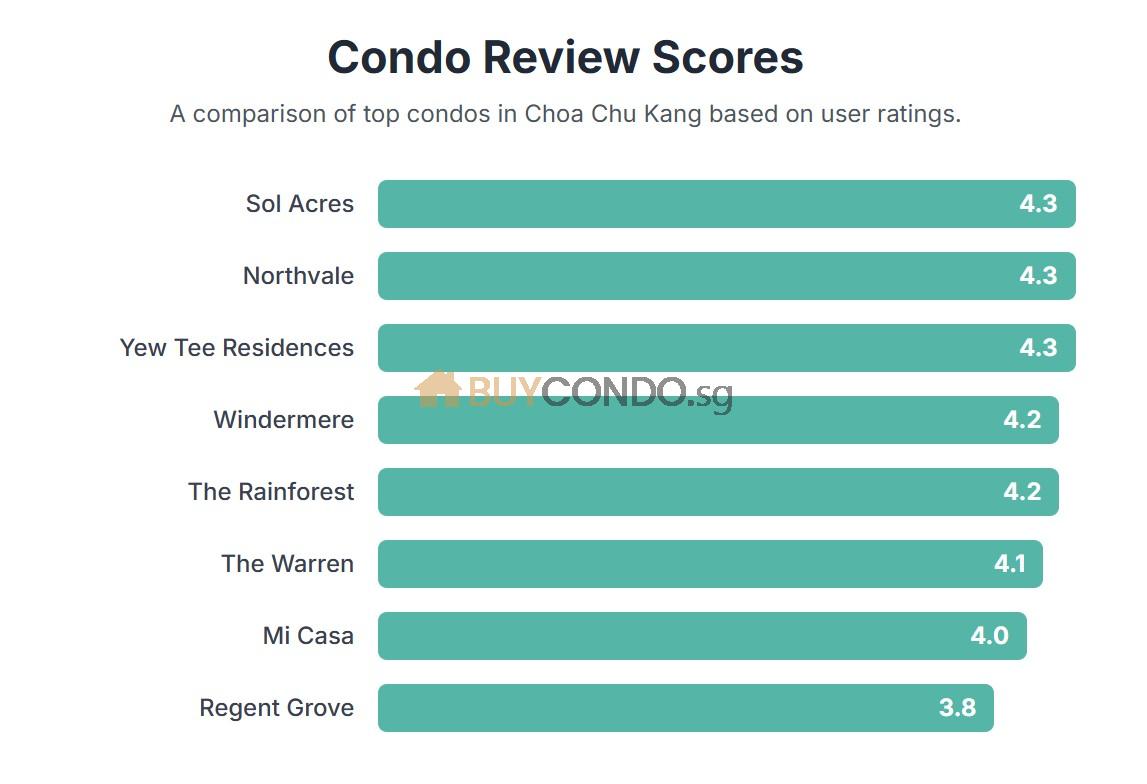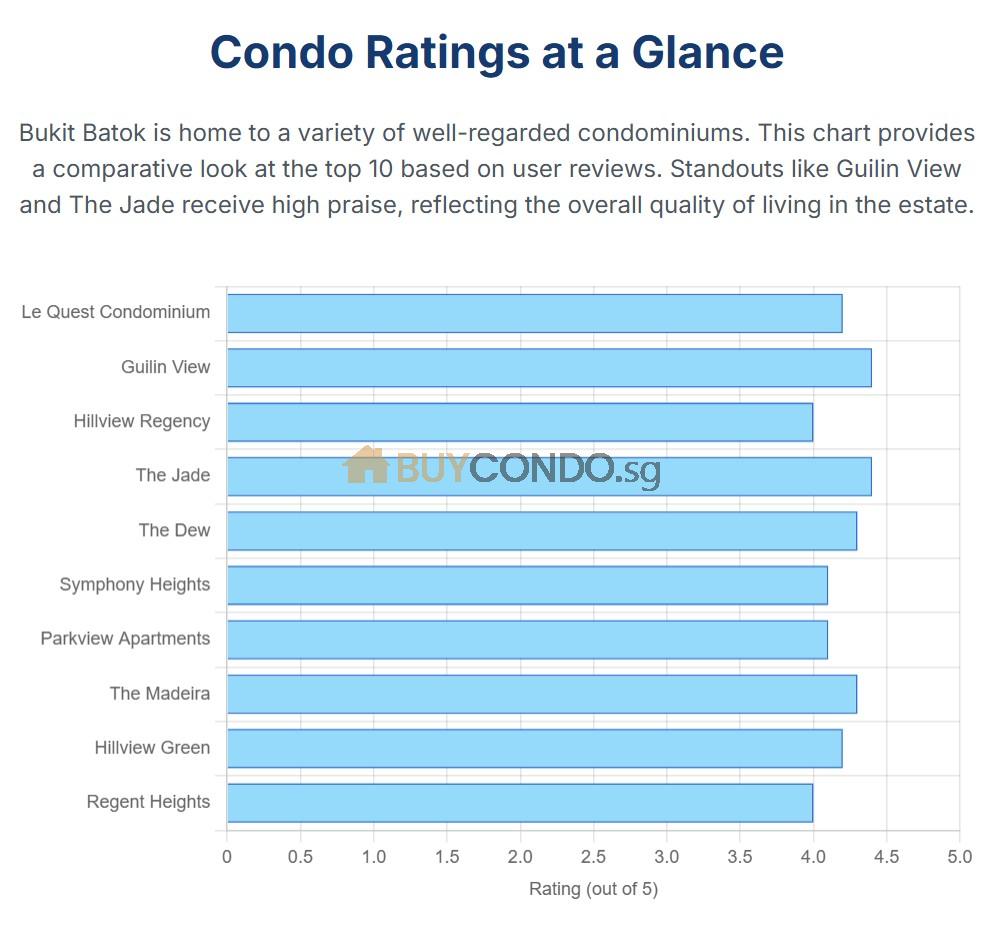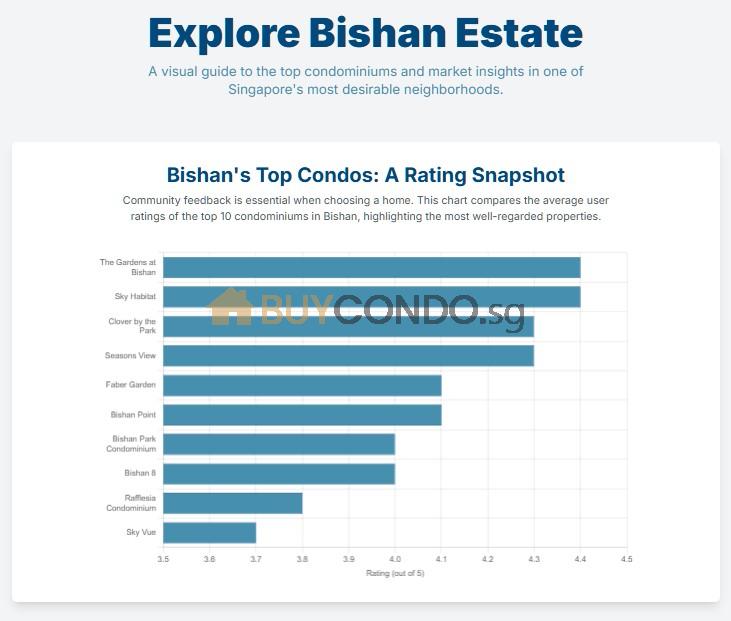URA Proposed Amendments for Master Plan 2019: Updated October 2024
Introduction -URA Proposed Amendments for Master Plan 2019: Updated October 2024
Singapore’s urban landscape is in a constant state of evolution, with the government regularly updating its Master Plan to accommodate the changing needs of its growing population and to optimize land use. In this comprehensive blog post, we’ll explore the most recent proposed amendments to Singapore’s Master Plan 2019, as officially announced by the Urban Redevelopment Authority (URA), and discuss their potential impacts on various areas across the island.
Latest Official URA Proposed Amendments (October 2024)
a) Dorset Road / Starlight Road (18 October 2024):
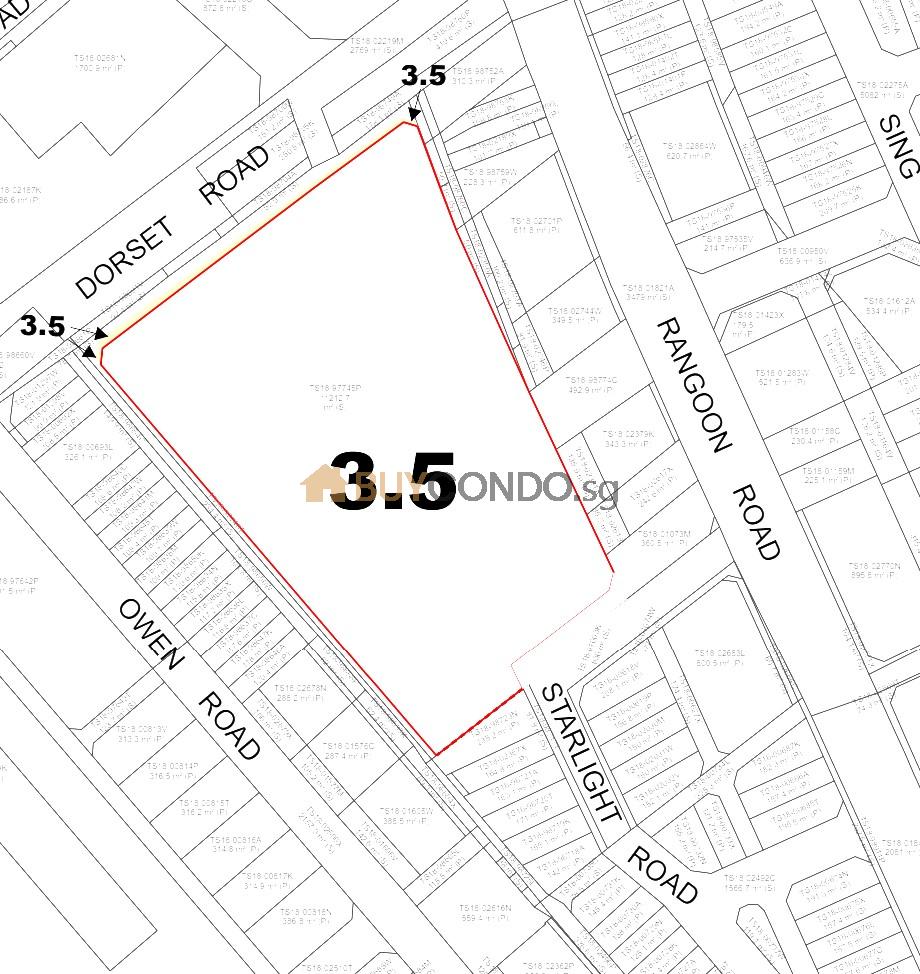
- Rezoning from ‘Residential at GPR 3.0’ to ‘Residential at GPR 3.5’
- Some areas converted to ‘Road’
- Some ‘Road’ areas converted to ‘Residential at GPR 3.5’ Purpose: To facilitate future residential developments supporting housing demand near Farrer Park MRT station and local amenities.
b) Dunearn Road (18 October 2024):
- Rezoning from ‘Residential (Subject to Detailed Planning)’ to various uses including:
- ‘Residential with 1st Storey Commercial at GPR 1.6’
- ‘Park’
- ‘Road’
- Some ‘Road’ areas converted to ‘Park’ Purpose: To optimize land use and enhance the area’s amenities.
c) Amber Road (18 October 2024):
Plot Infront of Coastline Residences
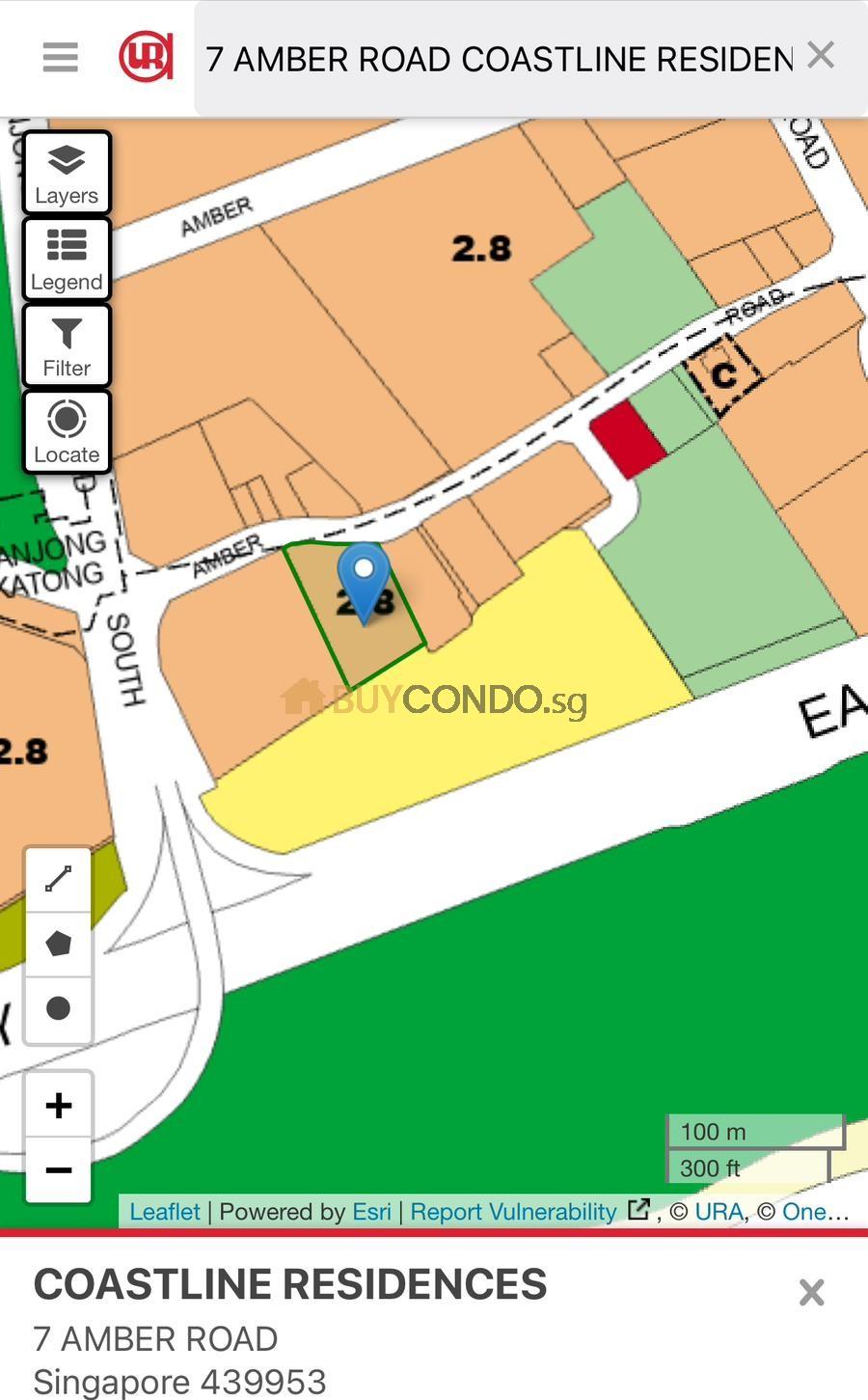
- Rezoning from ‘Reserve Site’ to ‘Residential at GPR 2.5’ Purpose: To increase residential capacity in the area.
- Earlier Proposed Amendments (October 2024)
a) 50 Armenian Street (11 October 2024):
- Rezoning from ‘Commercial at GPR 3.5’ to ‘Hotel at GPR 3.5’ Purpose: To facilitate a specific development proposal received by URA.
b) Woodlands and Sembawang Planning Area (11 October 2024):
- Various amendments to facilitate the expansion of the Islandwide Cycling Network (ICN) Purpose: To create more space for walking and cycling, connecting residential and industrial areas to key amenities and transport nodes.
c) Clementi Loop (4 October 2024):
- Rezoning of Business 2 land parcel from GPR 1.6 to GPR 2.5 Purpose: To intensify and optimize the use of industrial land.
d) Dunearn Road (4 October 2024):
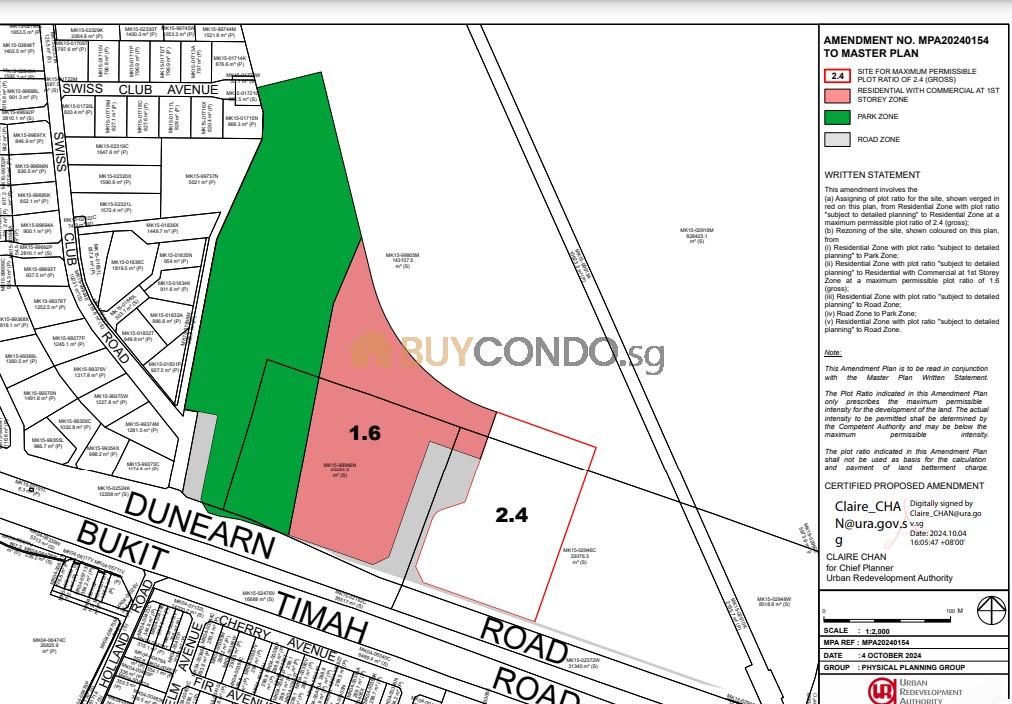
- Rezoning from ‘Transport Facilities’ to ‘Commercial at GPR 1.8’ Purpose: To facilitate a specific development proposal received by URA.
e) Jalan Jurong Kechil / Toh Tuck Road (4 October 2024):
- Amendments to support the Islandwide Cycling Network (ICN) programme Purpose: To enhance cycling connectivity to key amenities and transport nodes.
Impact on Urban Development and Lifestyle
a) Enhanced Connectivity: The focus on expanding the Islandwide Cycling Network demonstrates Singapore’s commitment to sustainable urban mobility. These changes will make it easier and safer for residents to cycle and walk to key amenities and transport nodes, potentially reducing reliance on private vehicles.
b) Optimized Land Use: The rezoning of several areas, particularly the intensification of industrial land in Clementi and the conversion of reserve sites to residential use, shows URA’s efforts to maximize Singapore’s limited land resources.
c) Increased Housing Supply: The rezoning of areas like Dorset Road/Starlight Road and Amber Road for higher-density residential use will help meet the growing demand for housing, particularly in well-connected urban areas.
d) Mixed-Use Developments: The introduction of commercial elements at the first storey of some residential developments (e.g., Dunearn Road) promotes the creation of vibrant, multi-use neighborhoods.
e) Tourism and Hospitality: The rezoning of 50 Armenian Street for hotel use suggests continued investment in Singapore’s tourism infrastructure.
Implications for Property Market and Investors
a) Potential Value Appreciation: Areas undergoing rezoning, particularly those with increased plot ratios, may appreciate property value. This could be of interest to both homeowners and investors.
b) New Investment Opportunities: Creating new residential and commercial zones opens up fresh investment opportunities across different parts of Singapore.
c) Changing Neighborhood Dynamics: Neighborhood characteristics may change as areas are rezoned and developed. This could affect rental yields and property demand in these locations.
Public Engagement and Feedback
It’s important to note that these are proposed amendments, and the URA has made them available for public inspection and comment. Interested parties can view the detailed proposals and submit their feedback during the specified periods, typically lasting about a month from the date of notice.
Conclusion: The latest round of proposed amendments to Singapore’s Master Plan 2019 reflects the government’s ongoing efforts to optimize land use, enhance connectivity, and create more livable spaces across the island. From expanding cycling networks to rezoning for higher-density residential use, these changes will significantly reshape Singapore’s urban landscape.
Staying informed about these amendments is crucial for property buyers, investors, and industry professionals. They affect current property values and indicate future development trends across different parts of Singapore.
As these plans progress from proposal to implementation, we expect significant transformations in our cityscape. It’s an exciting time for Singapore’s urban development, and we’ll continue closely monitoring these changes.
Remember, while these amendments provide valuable insights into Singapore’s urban planning direction, always refer to official URA sources for the most up-to-date and accurate information when making property-related decisions.
(Note: This blog post is based on official URA information as of October 2024. Always refer to URA urban planning amendments.)







